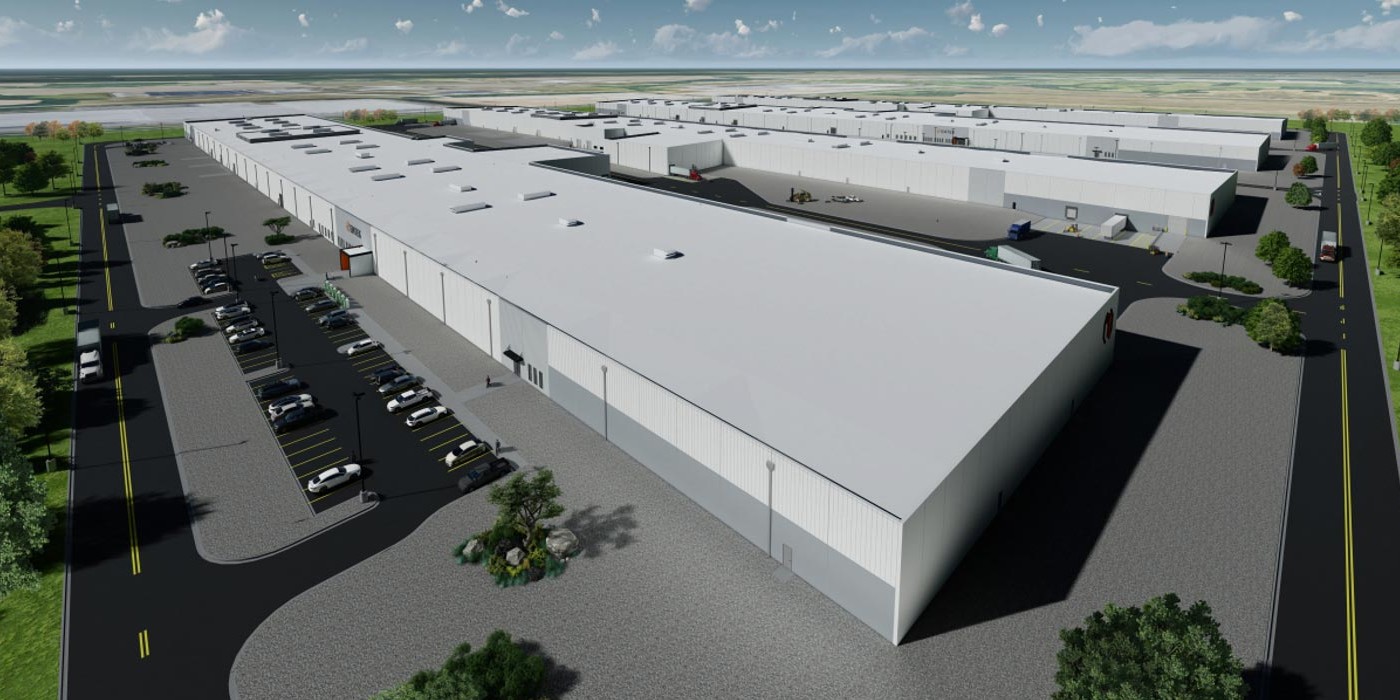 Image: ENTEK
Image: ENTEKENTEK just got a conditional $1.2 billion loan from the US Department of Energy’s (DOE) Loan Programs Office to build a lithium-ion battery separator factory in Terre Haute, Indiana.
A battery separator plays an essential role in the performance and safety of a lithium-ion battery. A battery separator is a membrane sandwiched between a battery’s anode and cathode. The separator prevents electronic conduction (i.e., shorts or direct contact) between the anode and cathode while permitting ionic conduction via the electrolyte.
The separators will be used primarily in EVs, strengthening the US lithium-ion battery cells supply chain. DOE estimates that by 2030, the North American lithium-ion EV battery industry will require annual separator production of 7 to 10 billion square meters.
Lebanon, Oregon-headquartered ENTEK will also be able to sell its separators to manufacturers of lithium-ion batteries for energy storage and is a contracted supplier to KORE Power.
Once complete, ENTEK’s factory is expected to have the capacity to manufacture 1.72 billion square meters of separator material annually for the North American EV market.
The number of EVs supported by this project depends upon the battery form factor – cylindrical, pouch, or prismatic – used for various battery chemistries. Each GWh of cell manufacturing requires 7-10 million square meters of battery separator depending on the battery form factor. Based on current form factors chosen by cell manufacturers, the project will support roughly 1.9 million mid-size EVs or 1.3 million eSUVs.
ENTEK’s new lithium-ion battery separator factory is expected to create 763 construction jobs and 635 operational jobs. The project will also help US EV manufacturers satisfy battery component sourcing requirements under the 30D Clean Vehicle Credit in President Biden’s Inflation Reduction Act





